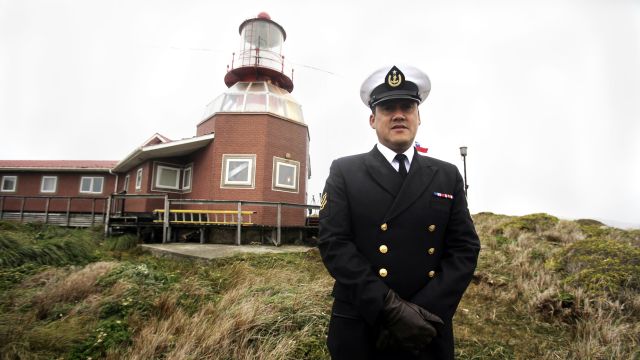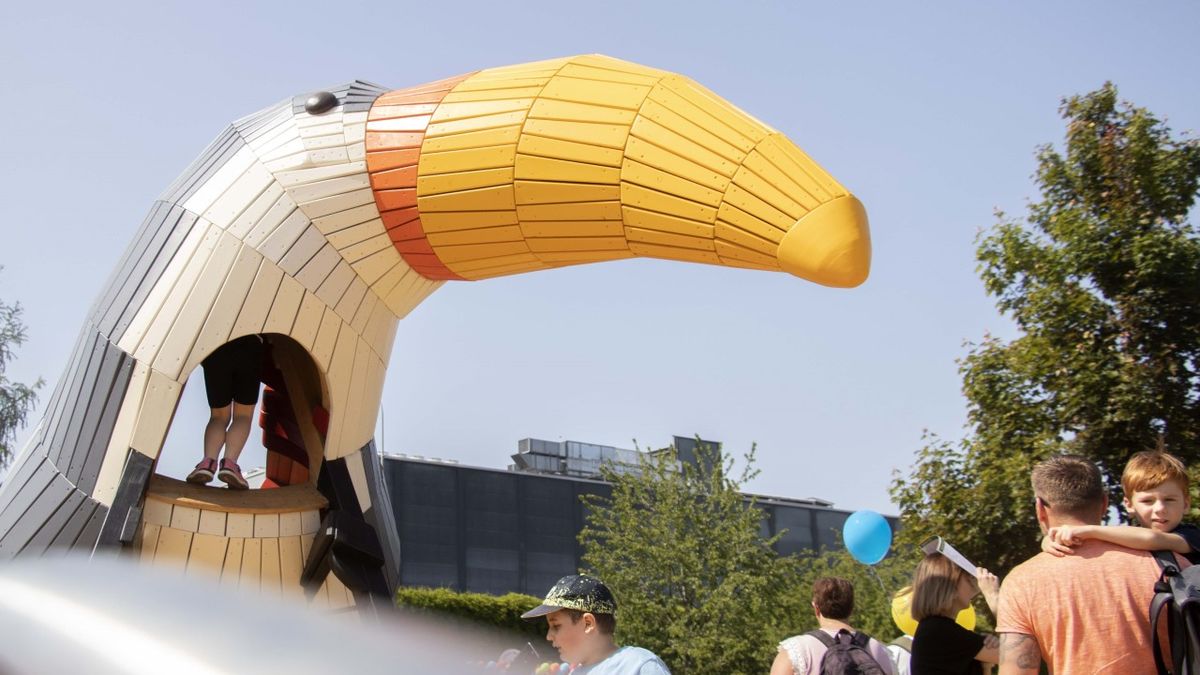In the strait that separates the Atlantic from the Pacific, strong winds, huge waves and icebergs have killed about 10,000 sailors since the 17th century. The wind speed there reaches 100 kilometers per hour, so it’s not surprising that hundreds of ships have sunk in it.
Photo: Sebastian Silva, CTK
José Aguayo has one year to work in one of the most inhospitable marine areas in the world.
Thirty-six year old Chilan Aguayo came to the inhospitable area voluntarily a few months ago and is expected to spend a year here. On a small island with no trees and just two buildings, there’s a lighthouse and a chapel, but she’s not entirely alone. His wife and two children live there with him — Vicente (11 years) and Montserrat (five years).
Tourist visits in the summer are a distraction for families. “About 4,000 visitors have come here so far, and they all ask how I can keep smiling like that,” said José Aguayo. He claims that they are not completely cut off from the world: they have satellite and Internet connections. It is said that children don’t get bored when the weather is really bad, they play games on game consoles.
Photo: Sebastian Silva, CTK
Even though they can’t play with the neighbors’ children, the descendants of Aguay are said to never be bored.
This January, 400 years have passed since the discovery of Cape Horn by Dutchman Willem Schouten, who named it after his hometown of Hoorn. The number of ships passing through this area decreased dramatically after 1914, when the Panama Canal was opened. Currently, the Wild Drake Passage was used mainly by adventurers among the yachtsmen.

“Unapologetic social media guru. General reader. Incurable pop culture specialist.”







